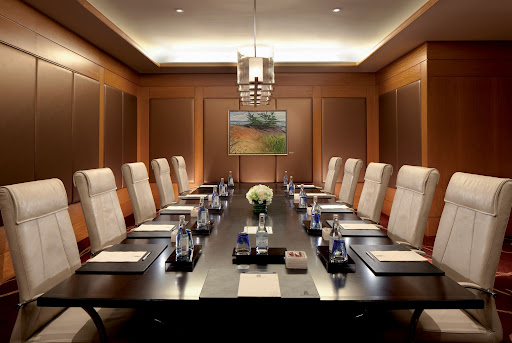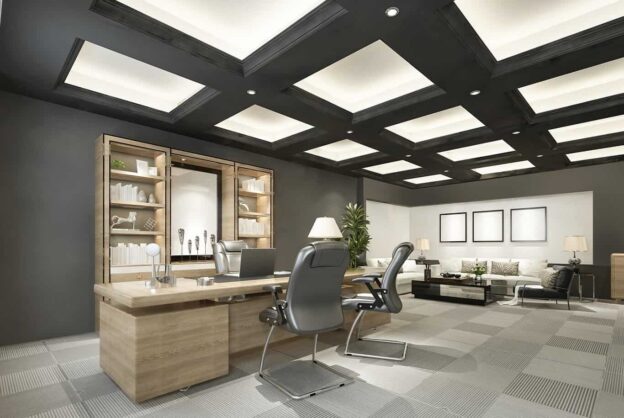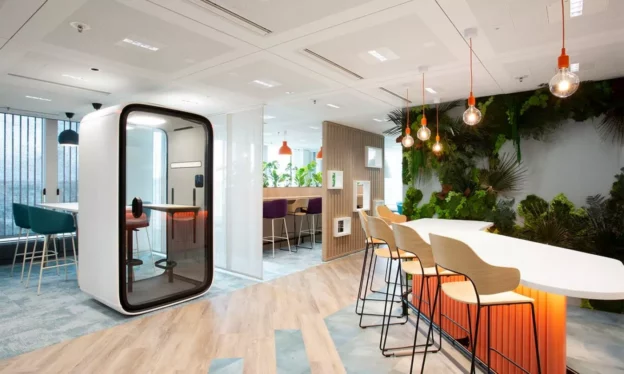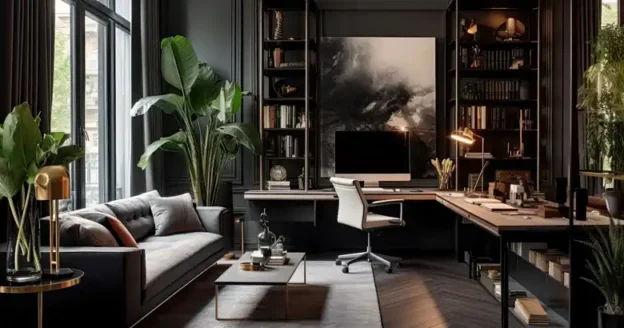In today’s dynamic work environment, conference rooms are more than just meeting spaces; they are pivotal in fostering collaboration, innovation, and team cohesion. To transform your conference room into a hub of creativity and productivity, thoughtful furniture choices are essential. Here’s a guide to unique furniture ideas that will help you craft collaborative spaces designed to inspire and engage.
1. Modular Furniture Systems Modular furniture systems offer flexibility and adaptability. These pieces can be rearranged to fit different meeting formats or team sizes, allowing for seamless transitions between brainstorming sessions, presentations, and breakout discussions. Look for modular tables and chairs that can be easily moved and reconfigured to suit your needs.
2. Interactive Whiteboard Tables Combine functionality with creativity by incorporating interactive whiteboard tables. These tables feature writable surfaces where teams can jot down ideas, sketch diagrams, or map out projects. They are ideal for brainstorming sessions and workshops, promoting active participation and visual collaboration.
3. Ergonomic Seating Options Comfort is crucial for long meetings. Invest in ergonomic chairs that provide ample support and encourage good posture. Consider adjustable chairs with features like lumbar support, armrests, and seat height adjustments to ensure that every participant can work comfortably and maintain focus throughout the meeting.
4. Acoustic Panels and Partitions To enhance focus and reduce distractions, integrate acoustic panels and partitions into your conference room design. These elements help manage sound levels and create a more conducive environment for discussion. Choose stylish panels that complement your room’s aesthetics while serving their acoustic purpose.
5. Adjustable Height Tables Adjustable height tables cater to different working styles and preferences. These tables can be easily modified to accommodate both sitting and standing positions, promoting better posture and increased energy levels. Standing meetings can stimulate creativity and keep participants engaged.
6. Collaborative Technology Integration Incorporate technology seamlessly with furniture designed for tech integration. Look for conference tables with built-in power outlets, USB ports, and cable management systems. This setup ensures that technology is accessible and organized, supporting smooth presentations and collaborative work.
7. Multi-Purpose Furniture Multi-purpose furniture items, such as foldable chairs or convertible tables, offer added versatility. These pieces can be stored away or reconfigured to make room for different activities, making your conference room adaptable to various needs and occasions.
8. Creative Lounge Areas In addition to traditional meeting furniture, consider creating lounge areas within the conference room. Comfortable sofas and armchairs can provide a relaxed setting for informal discussions and brainstorming sessions. These areas can also serve as a retreat for team members needing a break or a change of scenery.
9. Inspirational Design Elements Incorporate design elements that inspire creativity and innovation. Artwork, plants, and unique light fixtures can enhance the room’s ambiance and make it a more inviting space. Choose pieces that reflect your company’s culture and values, creating an environment that motivates and energizes participants.
10. Customizable Layouts Design your conference room with customizable layouts in mind. Furniture that can be easily reconfigured allows you to adapt the space for various types of meetings, from small team huddles to large presentations. Flexibility in layout ensures that the room can evolve with your organization’s needs.
By thoughtfully selecting and arranging furniture, you can create a conference room that not only meets functional requirements but also fosters a collaborative and innovative work environment. Embrace these unique furniture ideas to craft spaces that are as dynamic and versatile as the teams that use them.



